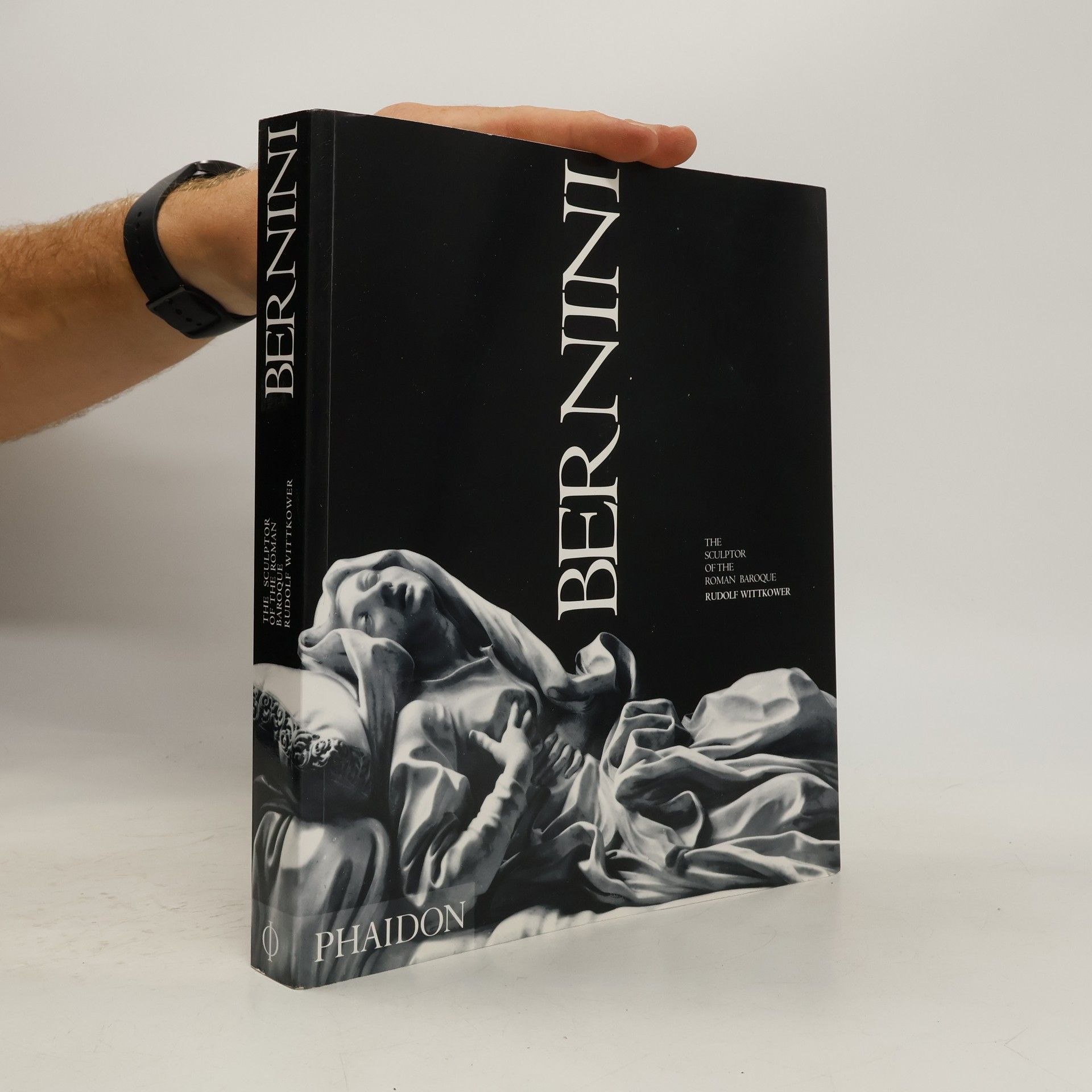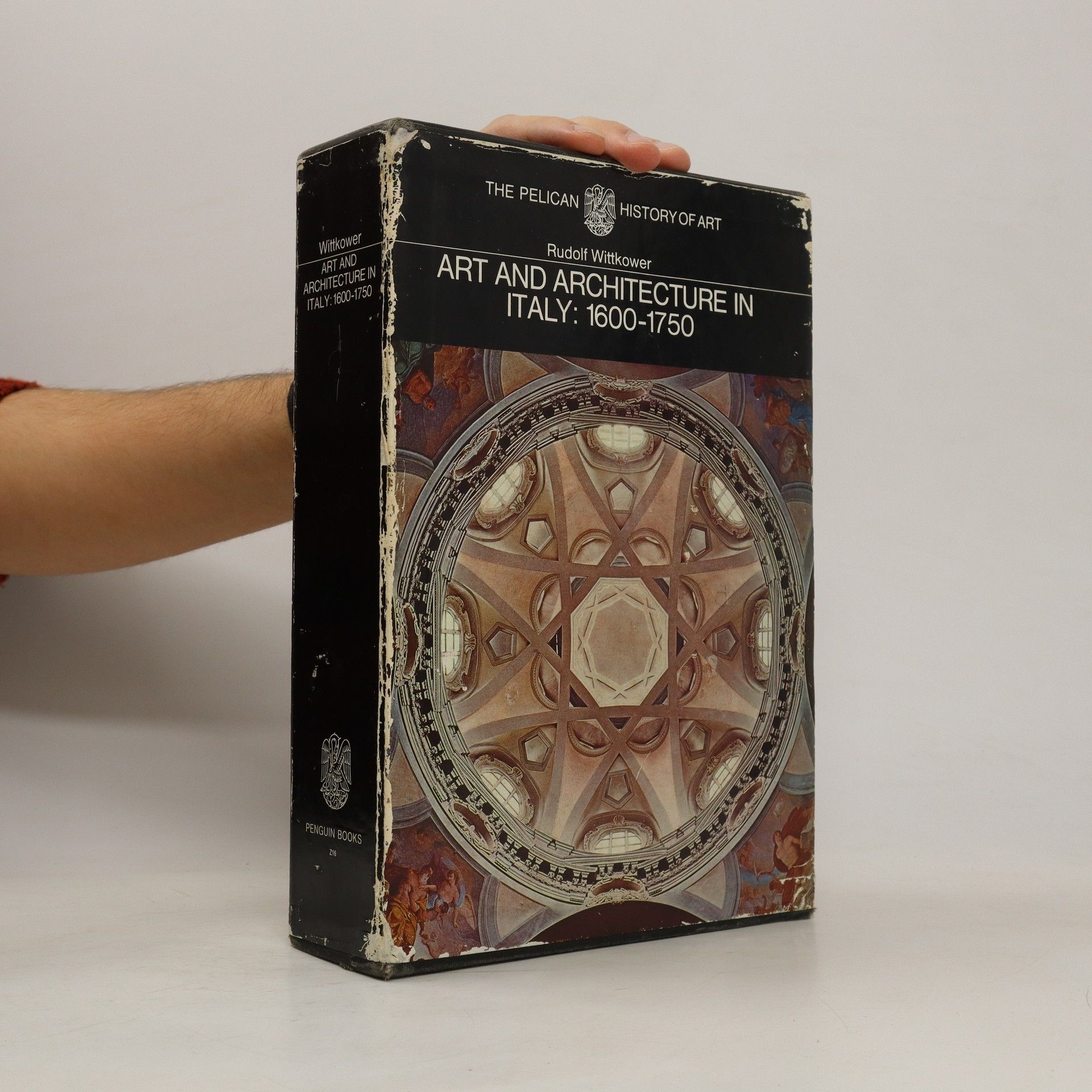Vinculado, como otros grandes historiadores del arte europeo, al fecundo Instituto de Londres Rudolf Wittkower (1901-1971) se distinguió por sus ejemplares estudios sobre la arquitectura y la escultura del Renacimiento y el Barroco: Architectural Principles in the Age of Humanism (1949), Gian Lorenzo Bernini (1955), Art and Architecture in Italy 1600 to 1750 (1958). La escultura, edición póstuma de una serie de conferencias pronunciadas en la Universidad de Cambridge en 1970-1971, no es una historia de la escultura occidental ni un manual de técnicas, sino una indagación en un campo menos explorado: la interacción de procedimientos de trabajo y principios formales, interacción que en el caso de la plástica determina, de manera más esencial y tangible que en otras artes, el carácter final de la obra y la formación de los estilos individuales y colectivos. Mediante el análisis atento de obras y testimonios directos, Wittkower ofrece una comprensión más profunda de la escultura de cualquier época, desde la Antigüedad hasta nuestros días, y una visión insospechada de esa permanencia de problemas y soluciones que hermanan la labor de los canteros medievales con los esfuerzos de un Brancusi o un Henry Moore.
Rudolf Wittkower Libros

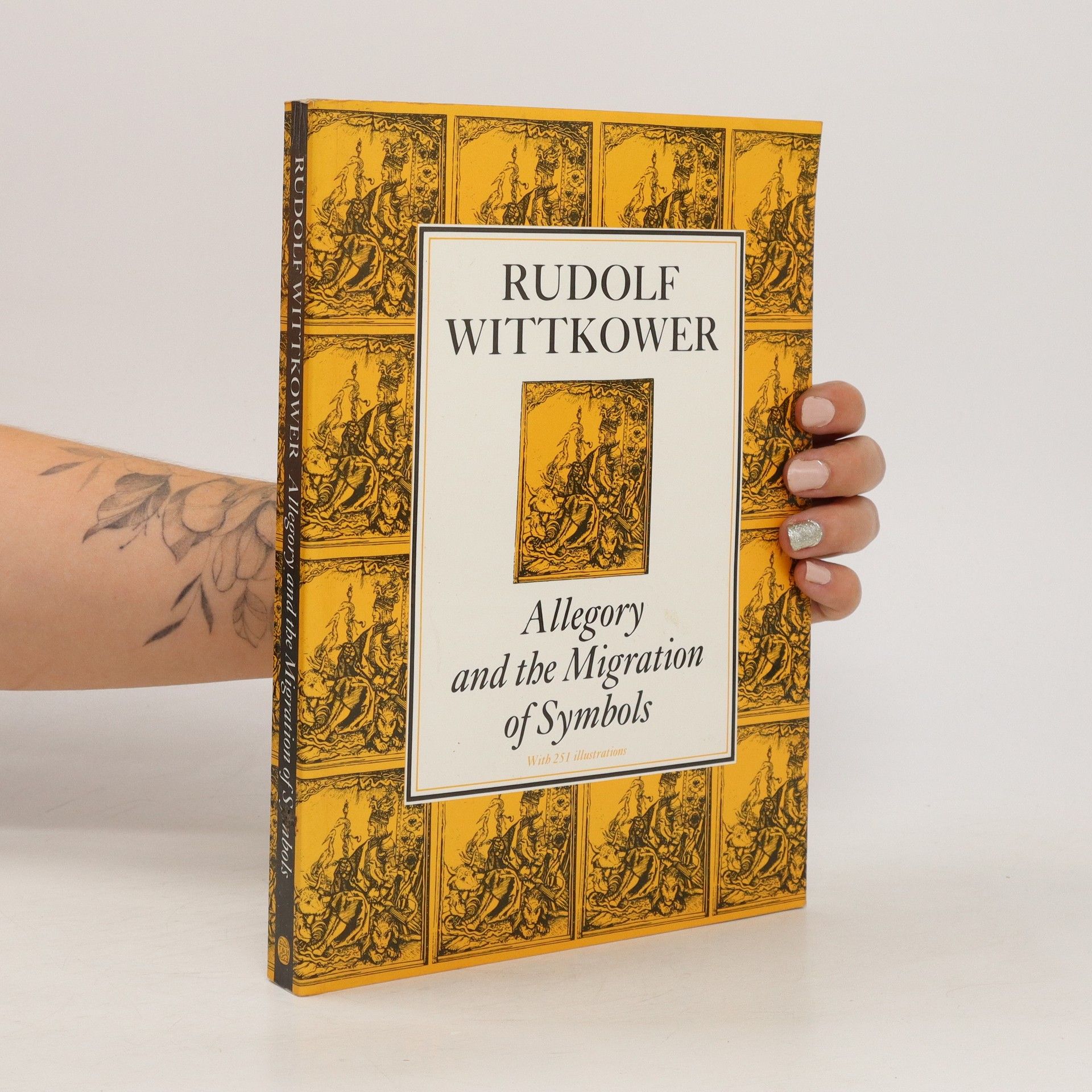
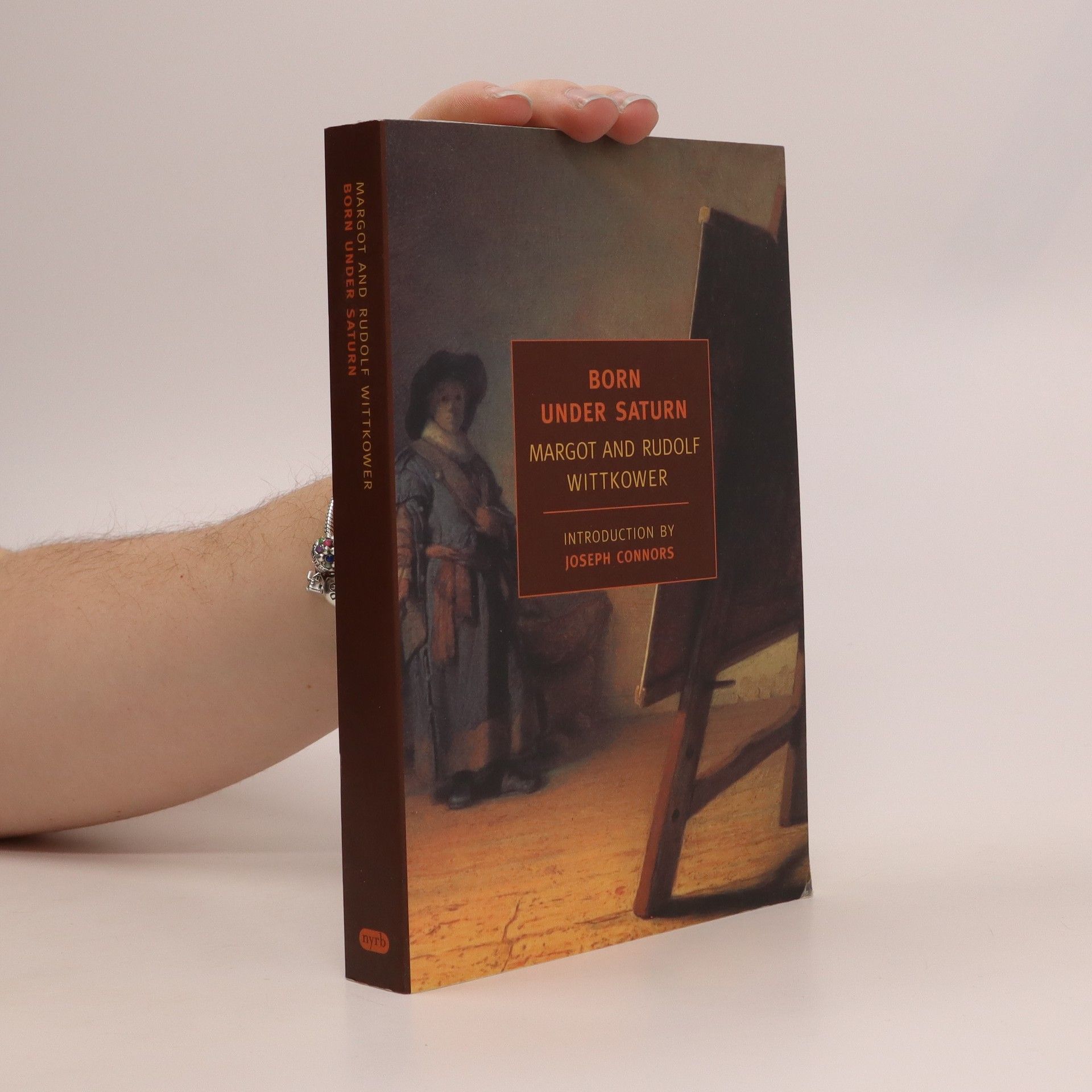
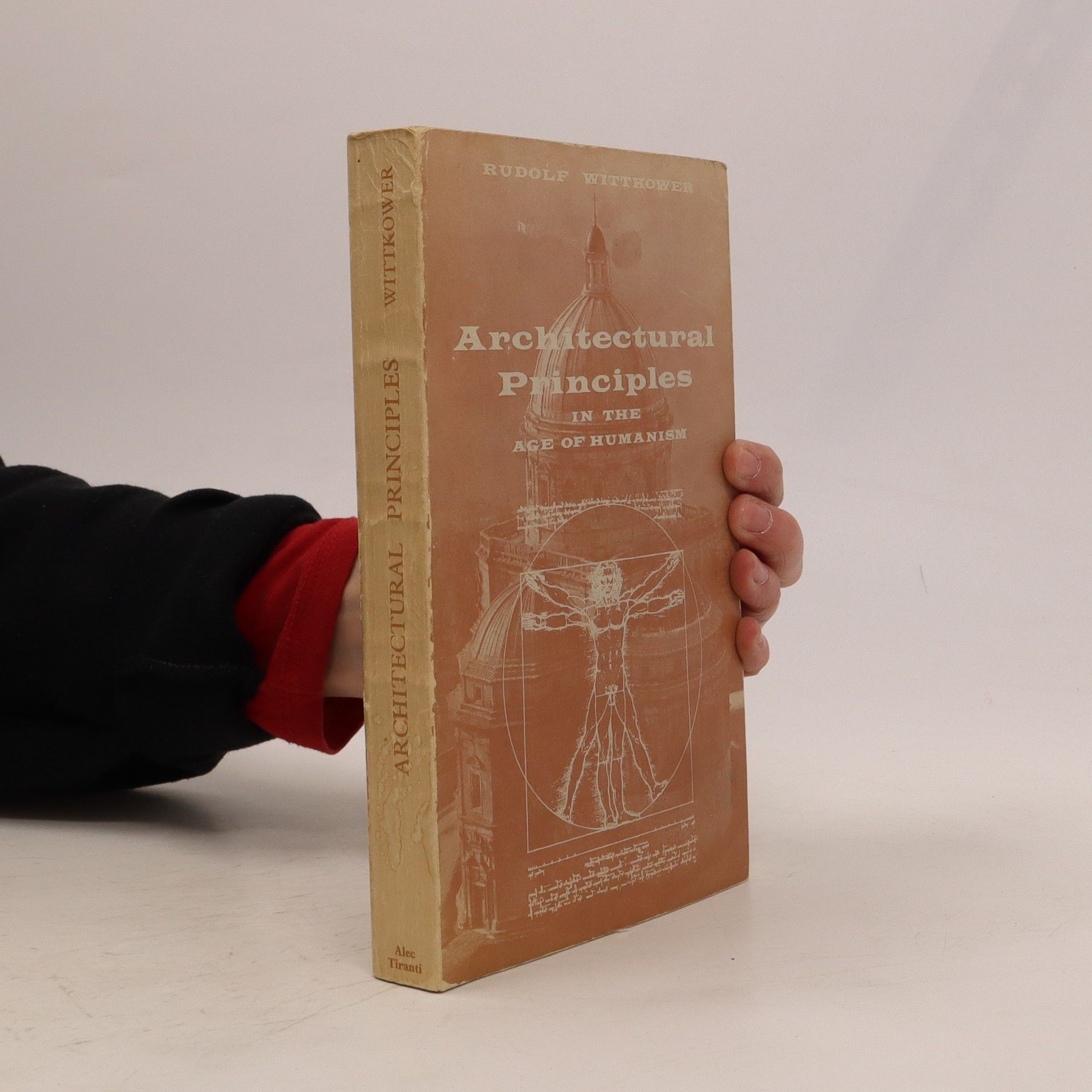
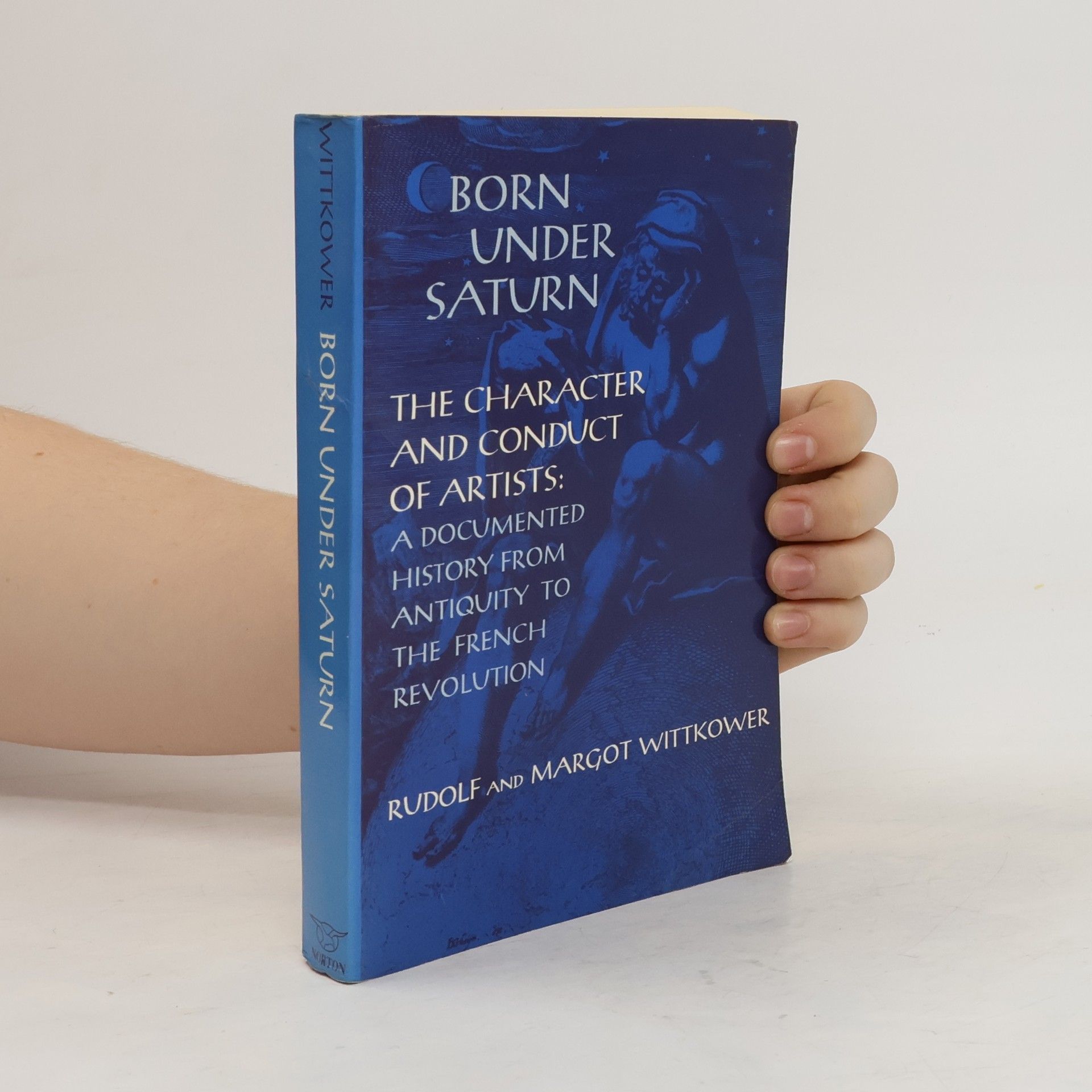

Born under Saturn : the Character and Conduct of Artist : A Documented History from Antiquity to the French Revolution
- 368 páginas
- 13 horas de lectura
Sir Kenneth Clark wrote in the Architectural Review, that the first result of this book was "to dispose, once and for all, of the hedonist, or purely aesthetic, theory of Renaissance architecture, ' and this defines Wittkower's intention in a nutshell.
Born Under Saturn
- 344 páginas
- 13 horas de lectura
This rare and vintage book is a perfect addition to any bibliophile's collection
Art and Architecture in Italy, 1600-1750
Volume 3: Late Baroque and Rococo, 1675-1750
- 204 páginas
- 8 horas de lectura
Focusing on the breadth of Italian Baroque art and architecture, this volume explores artistic developments across various regions from Venice to Sicily during the early, high, and late Baroque periods. It provides an in-depth analysis of the unique characteristics and influences of the arts in each center, showcasing the rich diversity and evolution of Baroque styles throughout Italy.
A first book in the three volume survey of Italian Baroque art and architecture which focuses on the arts in every centre between Venice and Sicily in the early, high, and late Baroque periods.
Get one step closer to solving the uncertainties in your life with this guided journal and philosophy overview, What Would Plato Do?
Bernini
The Sculptor of the Roman Baroque
Gian Lorenzo Bernini (1598-1680) was the most influential sculptor of his age. Inventive and skilled, he virtually created the Baroque style. In his religious sculptures he excelled at capturing movement and extreme emotion, uniting figures with their setting to create a single conception of overwhelming intensity that expressed the fervour of Counter-Reformation Rome. Intensity and drama also characterize his portraits and world-famous Roman fountains.
